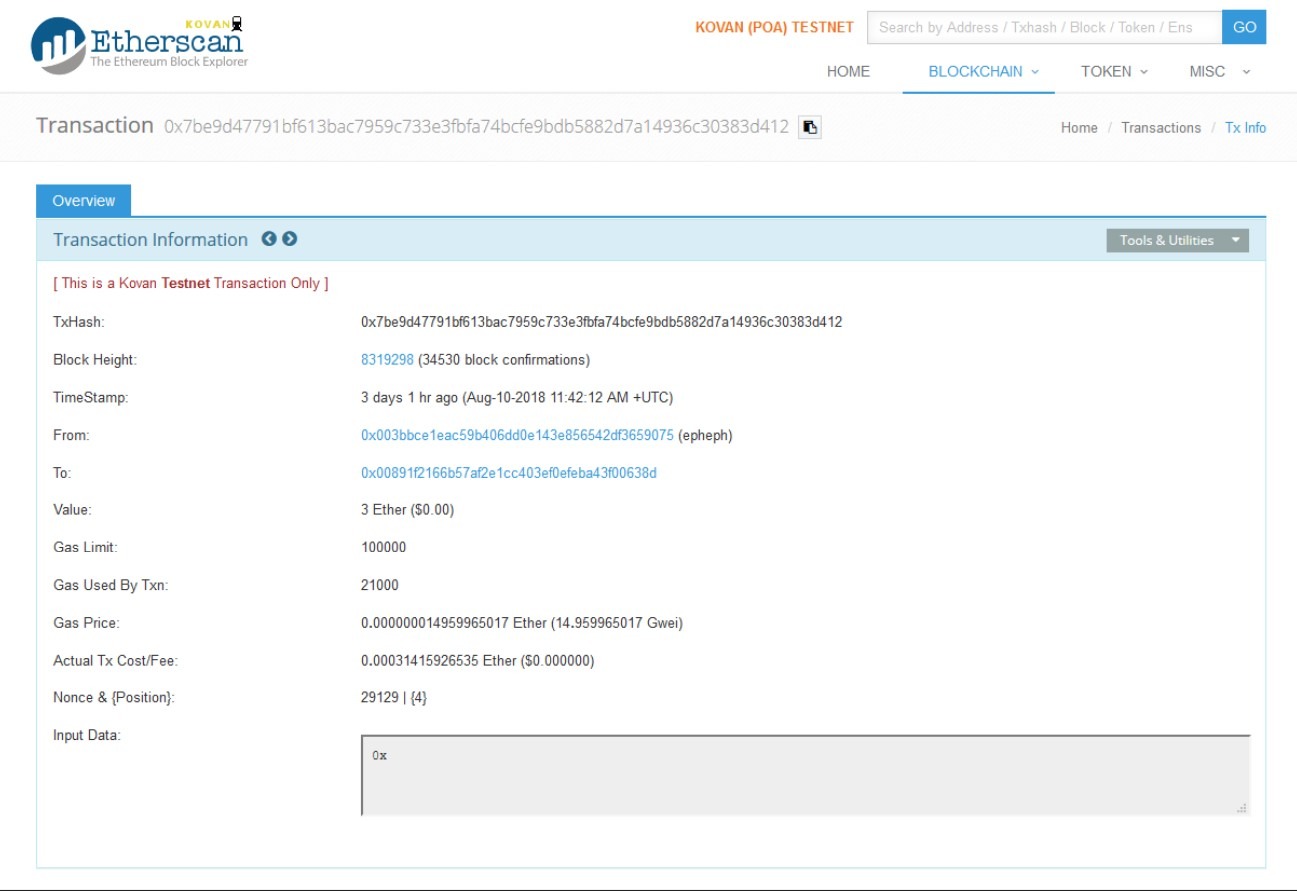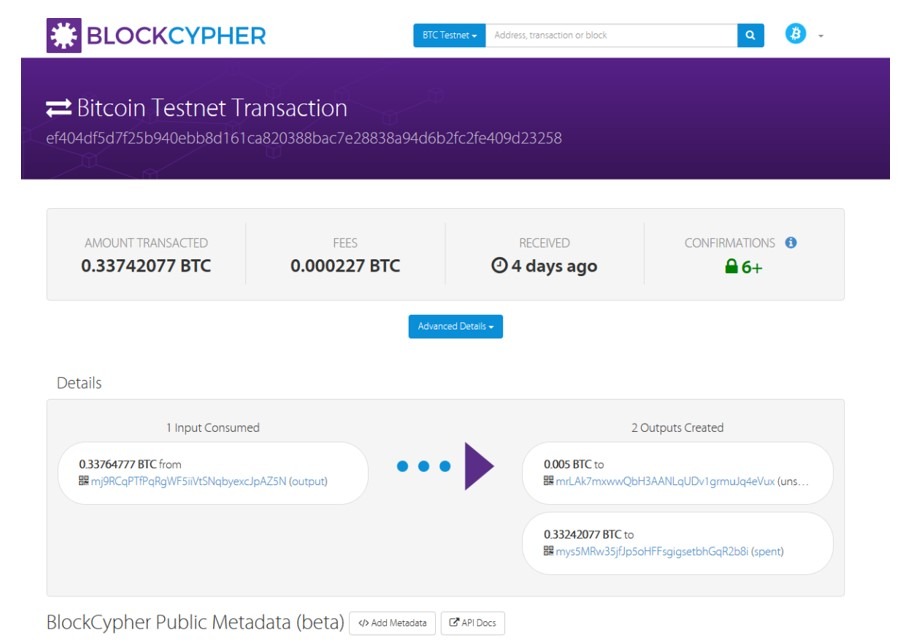
Review of tools to test blockchain-based apps
The history of the blockchain technology, as we know it today, dates back to 2009. This is the year when bitcoin was offered up to the open source community.
Despite being that young, the technology continues to gain momentum and increases its popularity among business owners.
Previously we talked about the specifics of testing blockchain-based apps. Today, we’d like to list the tools that a software tester will make us of to ensure high quality of such an app.
Bitcoin vs. Ethereum
The choice of the tool will be conditioned by the platform the app is built on.
Today, two of the most popular platforms that software engineers use to deploy decentralized applications are Bitcoin and Ethereum.
Although there are some significant technical challenges between the two, what is more important to QA engineers is that Ethereum enables running a smart contract. A smart contract is a self-operating program that facilitates an exchange of money, property or any other valuable items without any possibility downtime, fraud or third-party interference.
Smart contracts are to be tested with specific tools as well. We’ll mention them further.
Tools to ensure quality of blockchain-based software products
If you are entrusted to test any blockchain app, pay attention to various online tools that are available to everyone.
If your app is running on the Ethereum blockchain, Kovan Etherscan can be of help. It’s a testnet that allows to check the correctness of various transactions in a test mode.
When you go to a detailed description of a transaction, you can see, for example, a hash (unique transaction identifier), the transaction time, sender and recipient data, the amount of coins transferred, and the commission fee for validating any transaction.

The apps that function on the Bitcoin platform, can be tested with the help of the cloud-optimized platform BlockCypher. It allows to perform stable testing of any public blockchain app. Again, hash, commission fee, amount of coins received and sent – all these parameters will be checked.
The Confirmation field is what differs the Bitcoin testnet from the Ethereum. In order for the transaction to be confirmed, it is necessary to generate at least six additional blocks.
The process of obtaining a cryptocurrency is complicated for a reason. The number of bitcoins is limited (21 million). The founder of the network bitcoin, known under the pseudonym of Satoshi Nakamoto, foresaw that with the increase in the number of miners, the currency may soon come to its end.
With the increasing complexity of cryptographic ciphers, the miners realized that the process of obtaining currency is more effective if you work in a pool.
Why six? There is a theory according to which for fraudulent payment in the bitcoin system, scammers need to accumulate not less than 10% of the hash of the entire network.
But to deploy computing power of this level, cybercriminals will have to spend millions of dollars. The probability of such a scenario is less than 0.1%. Therefore, the number six is the guarantor of network security.

In addition to these services, you can verify the correct conversion of one cryptocurrency into another. It is necessary to make sure that the logic of the conversion process is not violated, namely:
- The address of the correct format is correctly formed.
- The relevant rates are applied.
- The amount does not go beyond the border limits.
- The transferred money has arrived at the desired address.
In addition, there is a paid service CoinAPI, which provides general information on market monitoring, as well as the cost of converting one currency to another.
How to test smart contracts?
Testing of smart contracts in applications based on the Ethereum blockchain should be given special attention because they determine the rules for the implementation of transactions in the blockroom.
The following tools can be of help:
- Truffle – the most popular framework that allows to write automated tests on JavaScript and Solidity. The results won’t take long to come.
- Populus – the best option for those test engineers who write tests on Pyhton.
- Manticore will detect potentially vulnerable code.
- Corda Testing Tools will make Performance, Integration, and Functional testing of smart contracts faster and easier.
- EmbarkJS is very similar to Truffle but tests are written on JavaScript.
Potential for using blocking technology
Despite the very “young” age, the potential of blocking technology is quite high. Already today, blockage is going beyond the usual field of cryptocurrency. For example, in the sphere of politics, this technology can help to completely eliminate falsification and conduct absolutely transparent elections.
The real estate sales sphere can be significantly improved due to accelerated purchase and sale and reliable data storage.
In addition, already there are start-ups based on the block system that perform identification and confirm access rights.
Conclusion
The capabilities of the block are very extensive, although not all areas of technology are covered today.
Anyway, you should remember that timely, high-quality testing of applications that work on the basis of the blockchain system will help to avoid data leakage and serious material losses.




